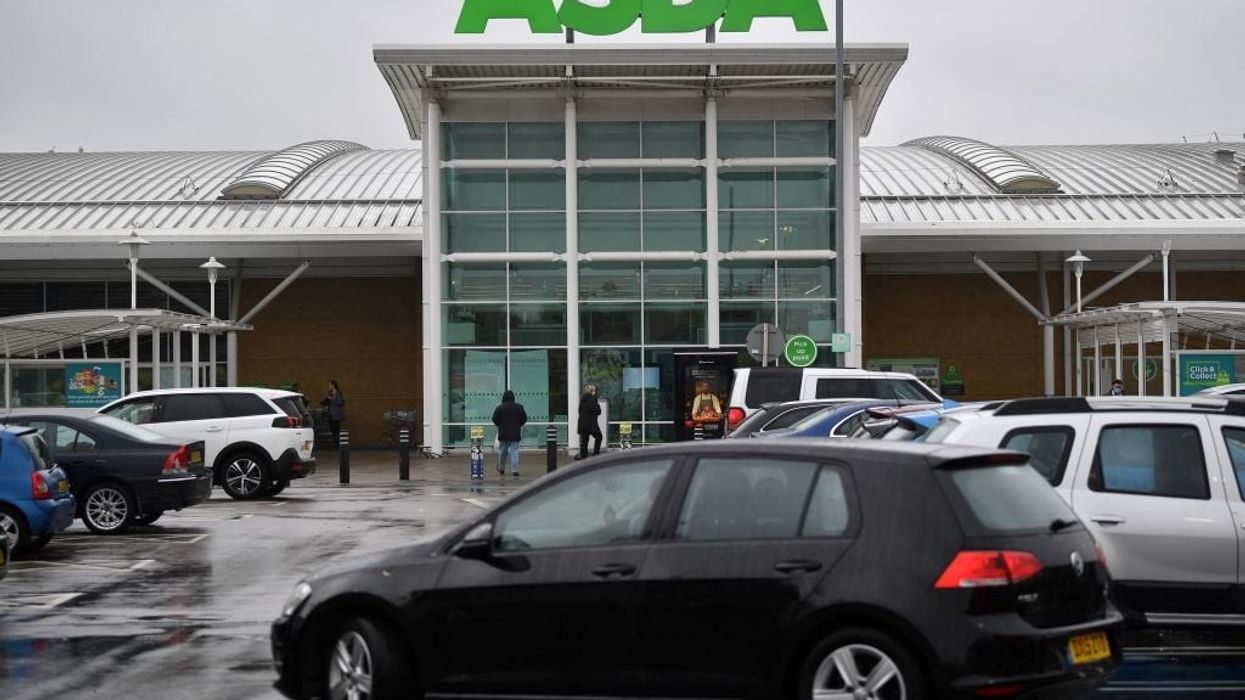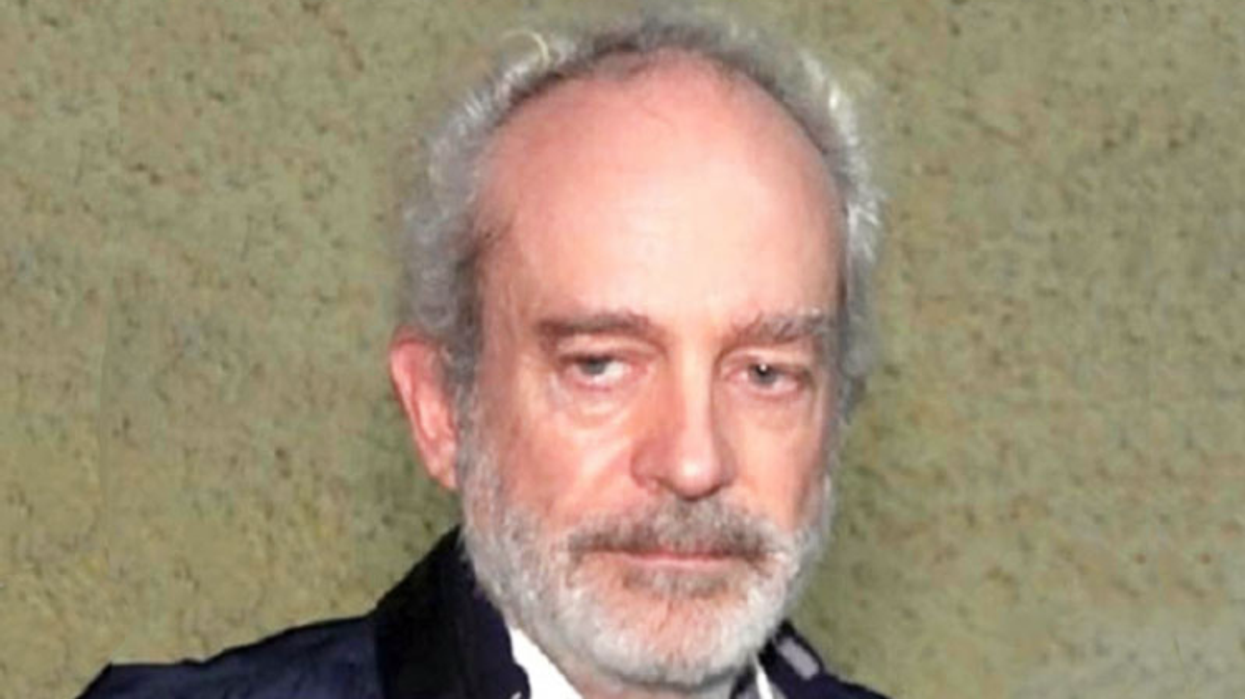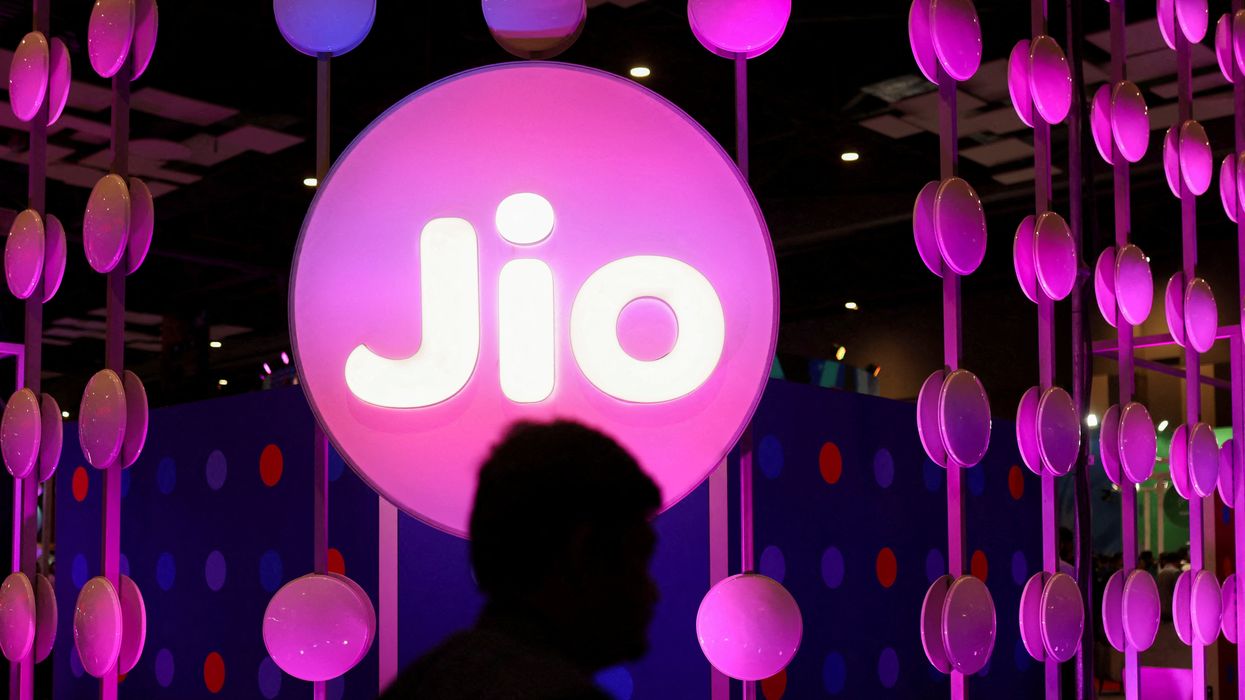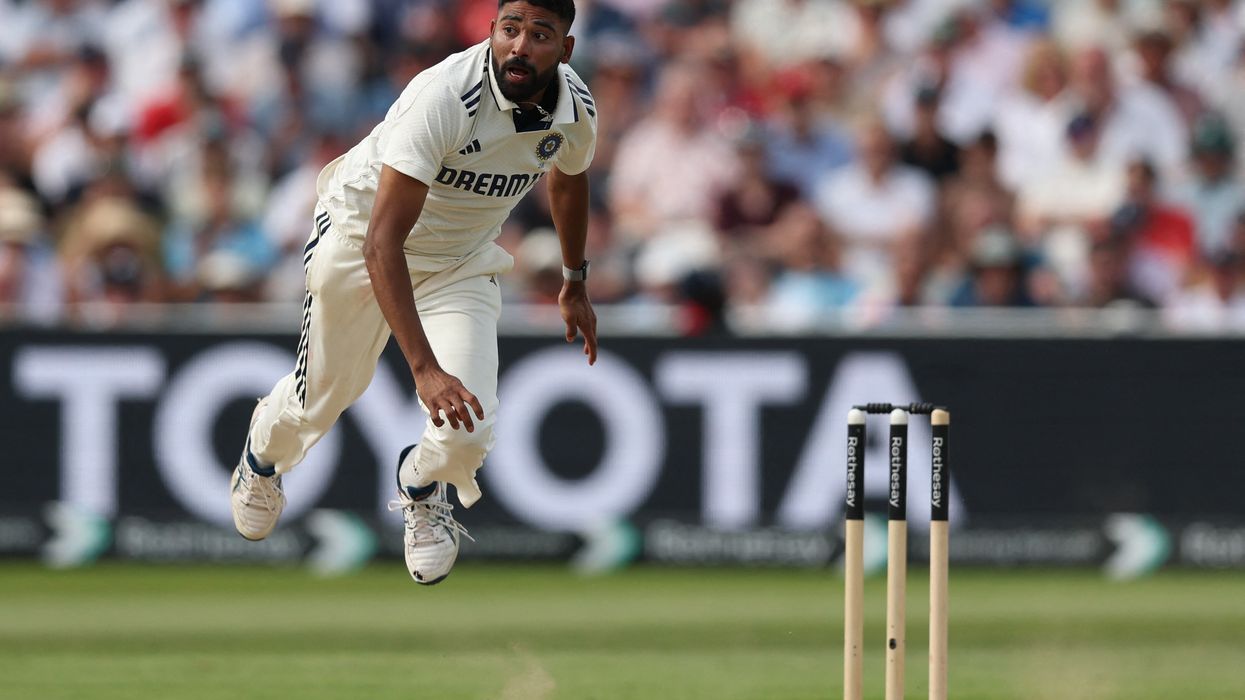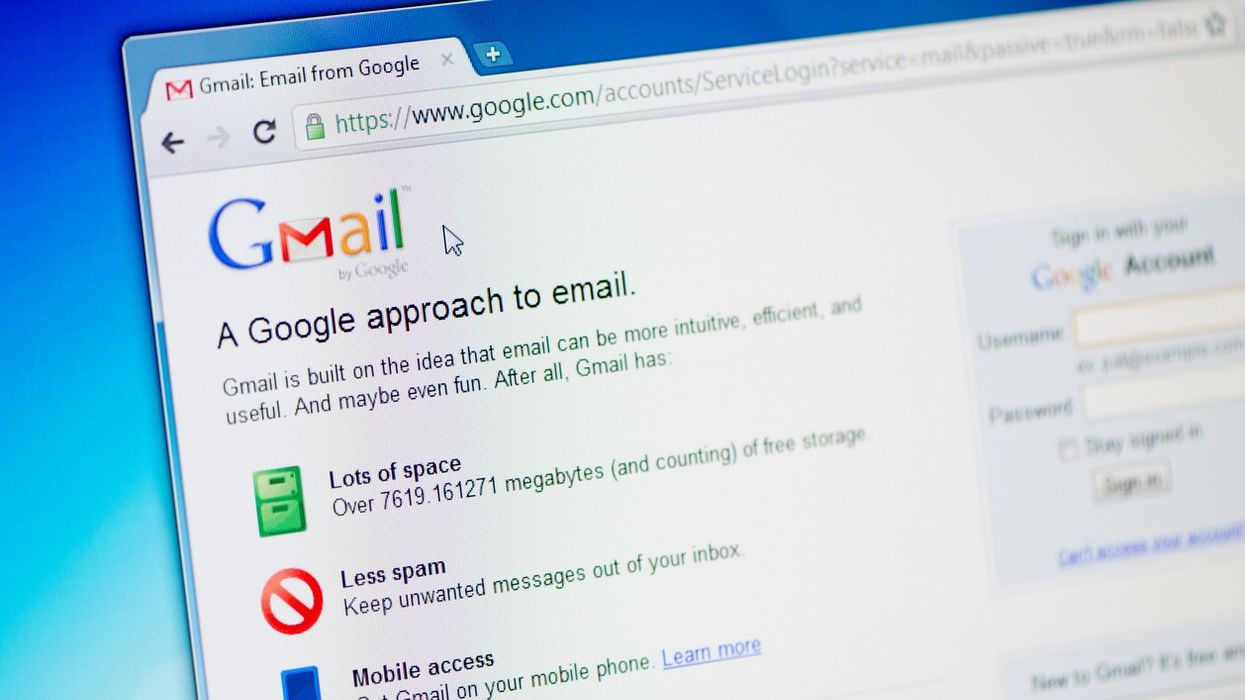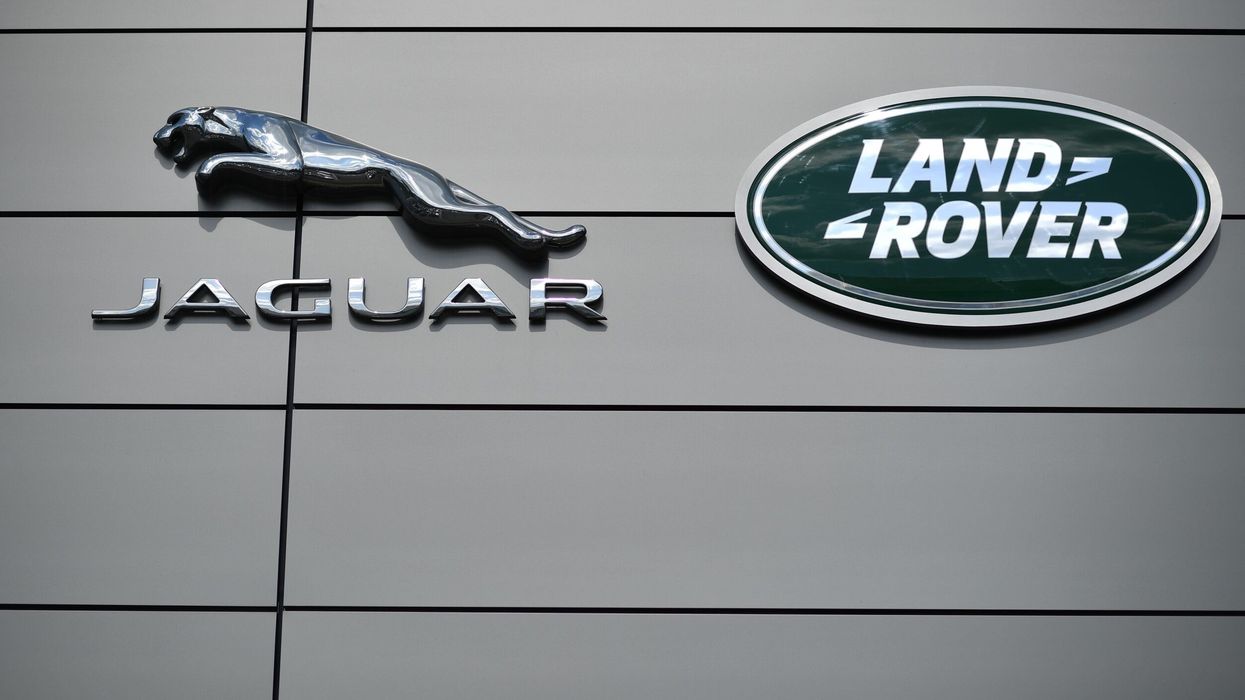THE SCOTCH whisky industry has urged the UK government to ease the rising tax burden on distillers to fully benefit from the Free Trade Agreement (FTA) with India.
The India-UK Comprehensive Economic and Trade Agreement (CETA), signed during prime minister Narendra Modi's visit to the UK last week, will cut Scotch whisky tariffs in India by half once it is enforced after UK Parliament ratification. Export costs to India will immediately fall from 150 per cent to 75 per cent, and further to 40 per cent over 10 years.
“The FTA will bring long-term benefits for the industry, but the industry needs immediate support in order to realise the deal's full potential,” said Mark Kent, chief executive of the Scotch Whisky Association (SWA).
Kent said distillers, especially smaller ones, face significant pressure from US tariffs and a growing tax burden in the UK. The SWA welcomed the trade deal as a “historic moment” and an important step in reducing tariffs in a growing market like India.
“Action by the UK government to alleviate these pressures will ensure distillers are in the best position to take advantage of the UK-India FTA once it comes into force,” he added.
SWA data shows India regained its position from France as the largest Scotch whisky export market by volume, with 192 million bottles exported last year. The United States remained the largest export market by value, worth GBP 971 million in 2024.
Exports by value fell 3.7 per cent compared to 2023, prompting the SWA to call on UK and Scottish governments for more support as distillers warn that pressures on consumer spending, rising domestic tax and regulation, and volatile global trade may continue to affect exports in 2025.
“For too long, the industry has been taken for granted, with the misguided and simplistic belief that decisions taken in Scotland and the wider UK won't impact an industry which exports 90 per cent of its product, supports a large local supply chain and attracts tourists to Scotland,” Kent said earlier this year.
He added, “The Scotch whisky industry is a proven driver of economic growth, jobs and investment, and needs an environment free from the shackles of excessive taxation, regulation and uncertain operating costs. The UK government must redouble its efforts to back Scotch producers to the hilt, as promised by the prime minister [Keir Starmer].”
The UK government said India is an important market for Scotland, with 457 Scottish businesses exporting goods worth GBP 610 million to India last year.
“Our trade deal with India is fantastic news for Brand Scotland, with our goods, businesses and services gaining access to what is projected to be the world's third largest economy by 2027,” said Ian Murray, Scottish secretary.
Murray said the tariff cuts on Scotch could be transformational for the industry and noted that tariffs on soft drinks would also be reduced.
Following the FTA signing last Thursday, UK business and trade secretary Jonathan Reynolds said the deal would deliver millions to Scotland and benefit local communities through higher wages, more consumer choice, and increased overseas sales.
The Department for Business and Trade said the India-UK CETA is expected to boost the Scottish economy by GBP 190 million as part of the government’s “Plan for Change”.
(With inputs from PTI)


